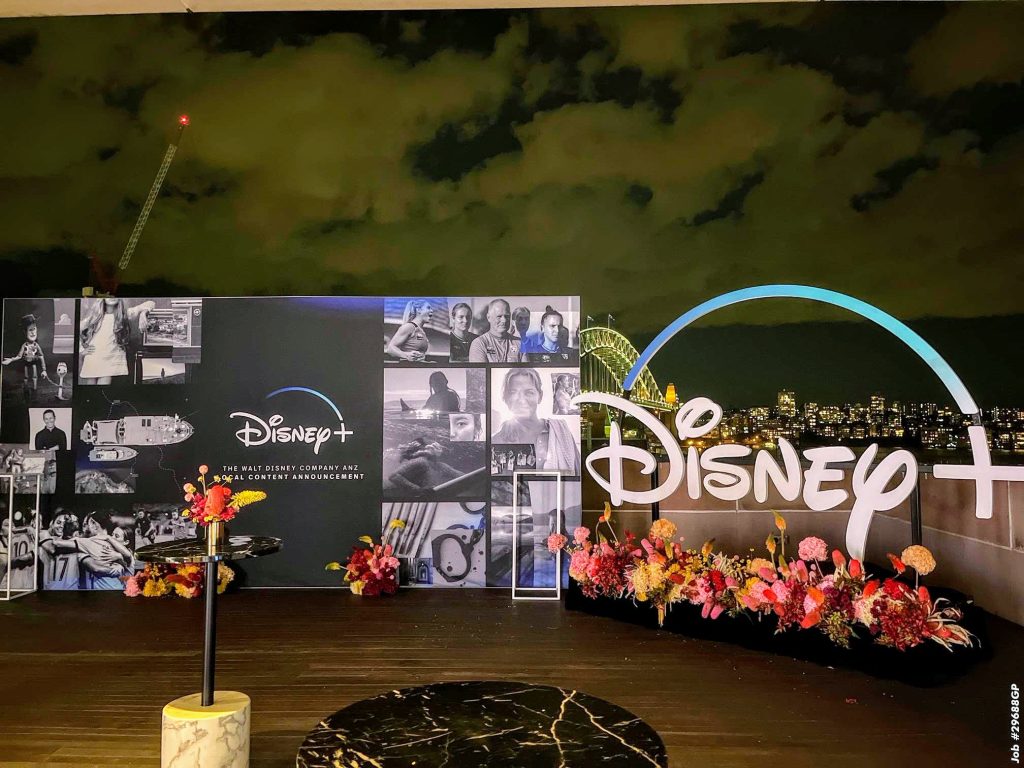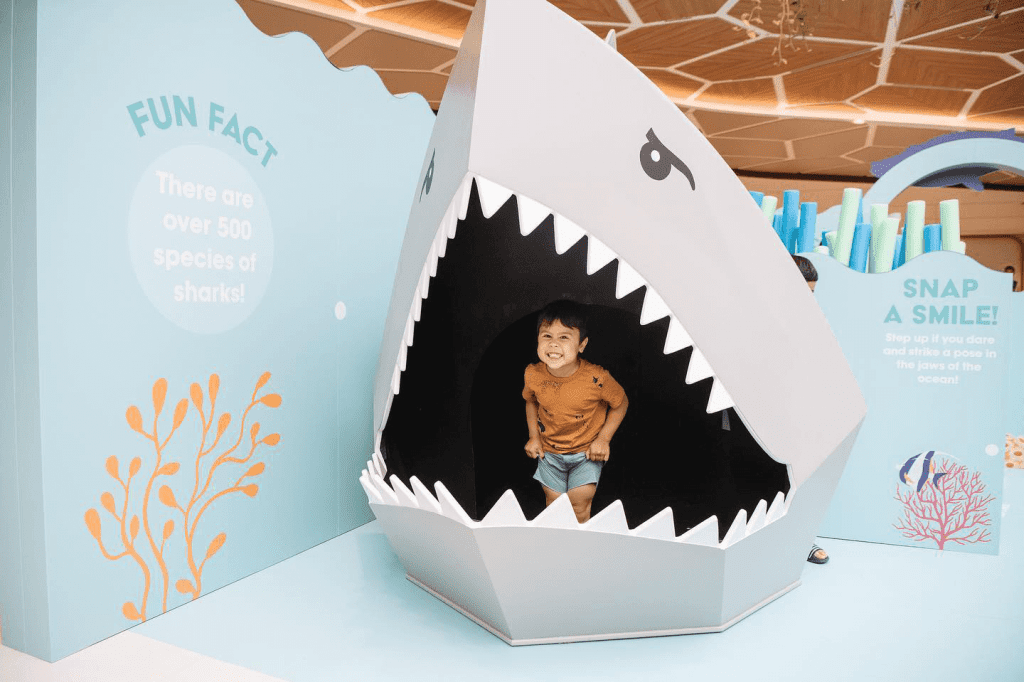
These days, everybody wants to play their part in the green revolution. As consumers become more eco-conscious, so are the businesses creating the products to feed their customers’ ever-greener appetites. And it’s no different in the world of exhibition and retail printing.
As a sector, we’re taking giant steps towards creating eco-friendly solutions, with more materials available to help marketing teams design and build colourful, durable stand-out displays that also tick the recycled box.
Yet, just how eco-friendly are these materials used for our product marketing? Just because a material says it is recyclable, how can we be sure it will head for the recycling plant? And, if so, is it repurposed once or infinitely? It seems ‘green’ is still a highly grey area!
Today, we’re throwing the most common materials used in exhibition and retail printing under the eco-friendly microscope to see which holds up the strongest in a green world.
If you’re confused about what materials can be recycled, you’re not alone. So much we think can be recycled isn’t actually recyclable – and disposing of materials incorrectly can lead to contamination of entire truck-loads of waste that may otherwise be saved.
So, what’s the difference between recyclable and recycled?
Recyclable definition
‘Recyclable’ refers to a substance or object that can be recycled.
Recycled definition
‘Recycled’ refers to the end-product of a process where waste material becomes a reusable material.
The most common recyclable materials are paper, plastic, tin and glass. Currently, most recyclables materials cannot go through the recycling process infinitely – for example, the recyclable plastic water bottle, which can only withstand the recycling process a handful of times before the material diminishes in quality.
Scientists continue working on ways to improve the recycling process and make better use of everyday waste on an infinite cycle. For now, we encourage marketers, print buyers and activation agencies looking for a true green solution to do your homework before you make a purchase.
Need help from a digital print expert? Talk to our team!
As professionals involved in building exhibition and retail displays will attest to, the possibilities for jaw-dropping, immersive creations stretch on and on. With technical advances in shaping, cutting and printing, there is no excuse these days for a dull display – so long as those outlandish ideas stay within the budget!
Cost will always be critical to the decision-making process, although nowadays, it’s likely that ‘sustainability’ is high on the agenda too. And if a green solution trumps price in your list of priorities, then you need to understand what’s recyclable and what isn’t.
So, which display materials are actually recyclable?

As one of the most readily-available materials, paper in some shape or form has long been a favourite to design teams when creating eye-catching point of sale or marketing displays. High-density cardboard, in particular, presents a strong and flexible material for displays and doesn’t break the bank. It is also a great surface to print on, meaning the sky’s the limit with colour and creative scapes.
Millions of tonnes of paper go through the recycling process every year, with an approximate 70% recycling rate making it the most recycled material on the planet. And that makes it an attractive option to marketers in search of a sustainable material.
Recycled paperbase is recyclable as many as seven times before it breaks down into fibres that are no longer effective for reuse. And, since many paperbase materials don’t use a binding agent, it makes them biodegradable materials that break down easily once beyond a reusable state.
Is printed cardboard recyclable? Of the two types, corrugated cardboard is simple to recycle because it is made purely from paper. On the other hand, paperboard is trickier to recycle as its components are bonded by an adhesive. So, make sure you opt for the corrugated cardboard type if you’re wanting a recyclable and biodegradable material.
Made from a mix of hard or soft wood and a binding agent, MDF is an extremely popular and low-cost material used in all kinds of applications across commercial spaces. You can shape, colour and print on it – high on versatility and low on cost. Yet, does this predominantly wood-based material make MDF recyclable?
To an extent, yes – although the process is quite complex. Because it’s produced using recycled wood that’s bound by formaldehyde, MDF requires a specialist recycling machine to break it down safely, first removing the binding agent from the wood. This is a lengthy and costly process, which makes it less common to find among recycling plants. As such, most MDF finds its way into landfill – a not-so-green, planet-saving solution.
PET – or Polyethylene Terephthalate – is the most common plastic in food packaging and drink bottles. It is preferred by manufacturers because of its 100% recyclability, and goes on to find its way in many more objects used daily, including fabric for clothing, upholstery and displays.
It’s easy to see why PET-based fabric is a popular choice in displays, with a smooth and water-resistant surface. Yet, like all plastic recycling, PET has its limits and can only withstand the process two or three times before it is defunct. Once repurposed as a fabric, the chance of recycling becomes even less so, thanks to a lack of facilities. Not quite so green as one might think – indeed, any folks looking for a truly sustainable material for exhibition and retail displays.


And then there is Re-Board Pop-up Displays!
A relatively recent product introduced to our space, Re-Board looks, feels and operates extremely similar to MDF. In place of wood, though, lies several layers of paper held together tightly by a strong adhesive. The result is a thick board that’s as durable as it is flexible, ready for cutting into all shapes and sizes and for any digital printing design, depending on the application.
Here’s the real beauty of Re-Board. It is a paperbased material, which gives it a head-start in the recyclable race. Crucially, the adhesive which binds the paper layers together is water-based, so there is no nasty chemical-based glue to remove before it can go through the recycling plant. In other words, it’s a 100% recyclable material, which means its potential for recycling is infinite.
Structurally sound like MDF, equally flexible for cutting, shaping and printing, and kind to the environment. If it’s a green solution you’re after for your next marketing display – a POS, exhibition stand, media wall, pop-up store, or product activation feature – it could be time to try Re-Board out for size.
As Australia’s pioneer in sustainable printing, Next Printing is your contractor of choice for high-quality point-of-sale marketing, large-scale exhibits, pop-ups, and signage. Count on our team for more than an incredible print solution – reliability, exceeding expectations, and delivering in record time every time!
If you want support from a versatile provider of eco-friendly digital printing solutions that targets your audience and converts sales, arrange a chat with us today.
We'd love to send you innovative tips, news and offers from the world of print and marketing.
Client experience officers are available to answer any questions you have. Use the form below to quickly let us know what you need!